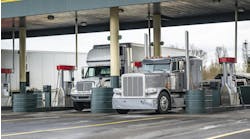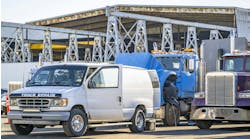A resilient organization is one in which individuals have the ability to absorb and adapt in a changing environment to enable it to deliver its objectives, survive and prosper.
According to Lynnda Nelson, president of The International Consortium for Organizational Resilience (ICOR), there is no single strategy or solution to make an organization resilient. Speaking at a recent NationaLease meeting, she said that resilience requires a strategic and coordinated approach and needs to encompass the following:
- Managing change
- Building diversity
- Managing risk
- Breaking down silos
- Being agile and adaptive
Resilient organizations are agile, quick to respond to changes, and focused on customers’ needs, which call for customized rather than standardized offerings. Agile organizations are often non-hierarchical.
In today’s world, with rapidly changing business conditions, flexibility is an asset as it is becoming increasingly important for organizations to be responsive and innovative.
According to Nelson, agile organizations share some general traits:
- They are made up of skillful, self-aware individuals who are also great team players.
- Their leaders inspire others.
- They are focused on continuous learning.
- They use an open communication style that includes collaboration and sharing.
- They focus on long-term business value.
Agile companies rethink and redesign their structures, governance mechanisms and processes, Nelson said, citing work done by McKinsey. However, Nelson pointed out that it is possible for agility and stability to co-exist within an organization. To do this, the company needs to first decide on an unchanging set of core values.
Agile organizations also have:
- A shared purpose and vision
- A network of empowered teams
- Rapid decision and learning cycles
- A dynamic people model that ignites passion
- Next generation enabling technology
Given the pace of change in the trucking industry today, now is a good time to assess your fleet’s resiliency and agility and make the necessary adjustments to ensure you are ready for whatever changes the market brings.



